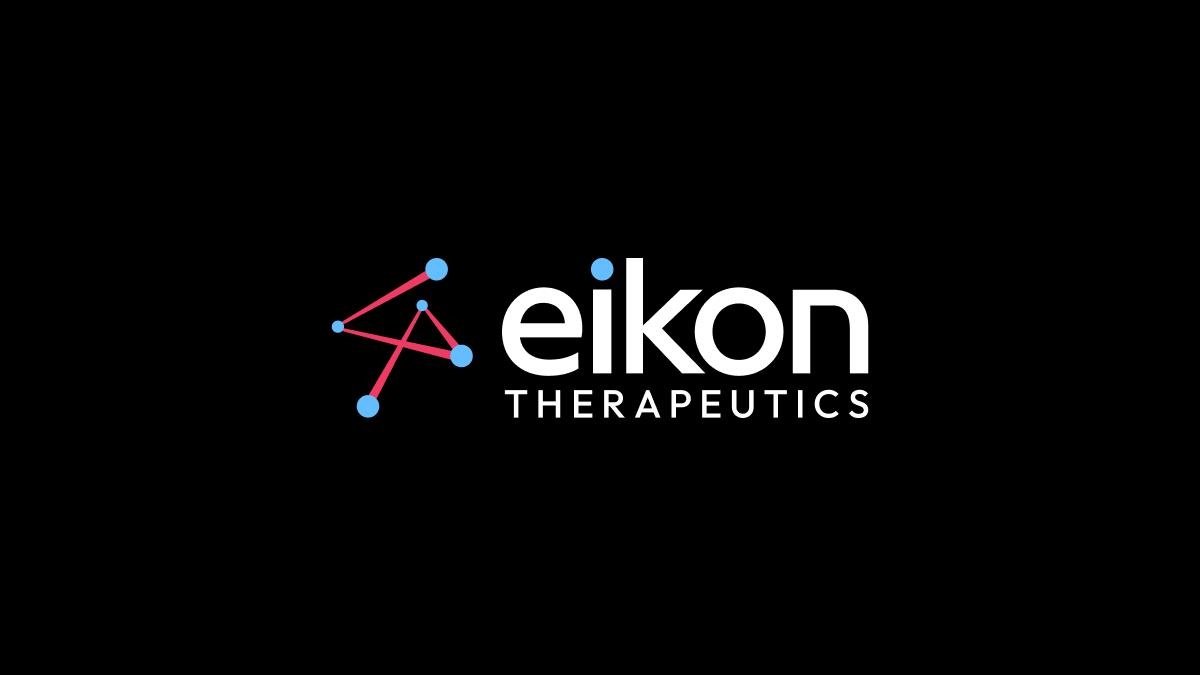Threats impacting the pharmaceutical industry in 2024

As we approach 2024, what will the next 12 months have in store for pharma? In this article, current and emerging geopolitical threats are considered and it demonstrates how security and risk professionals in the life sciences industry can mitigate risk and plan ahead, allowing them to allocate resources more effectively.
How threat intelligence can protect assets and operations
In today’s fast-paced world, threats can evolve quickly and without warning. As the pharmaceutical industry has operations and supply chains spanning the globe, companies are vulnerable to instability that can disrupt the smooth running of integrated supply chains, whether it is protests or security incidents impacting production at manufacturing sites, or geopolitical shifts that can slow down or entirely shut down global logistics.
Being able to effectively utilise threat intelligence can transform security or risk management operations. For global industries that need to be able to easily visualise and understand the threats they face – whether this is identifying trends and patterns based on existing data or learning about breaking incidents and threats – having reliable, easy-to-understand, actionable intelligence is vital. This could be directly targeted incidents, such as cargo theft, counterfeit drug operations, or protests against the company, or it could be wider issues that impact operations, such as hotspots of criminal activity surrounding your assets or distribution routes, or geopolitical developments that disrupt logistics and supply chain.
Protests
A regular threat to pharmaceutical companies is the disruption caused by protests targeting their operations.
The use of animals in pharmaceutical testing is often a necessity for life sciences companies – this can attract the attention of animal rights activists, who may target company facilities or laboratories where vivisection is taking place, or target locations such as breeding facilities used by pharmaceutical companies. This can include protesting or direct action. Protests and demonstrations in public squares over animal testing and the activities of pharmaceutical companies are also common.
Tracking protest activity allows security teams to monitor patterns of activity or particular trends, such as the tactics employed by protest groups, and adjust their security planning accordingly to account for any new developments. An effective threat intelligence platform should allow you to easily filter for granular data, including specific incident types or wider categories, meaning you can drill down into exactly what you’re interested in, and avoid being confronted with data of less importance to you.
Risk analysis for reshoring
Whether as a result of deteriorating relations between key countries in the supply chain, worrying geopolitical shifts, or just the issues exposed by COVID-19, many life sciences companies with large, complex, and integrated global supply chains are beginning to consider ‘reshoring’, ‘nearshoring’, or ‘friendshoring’ manufacturing or operation sites within their supply chains – moving existing operations or investing in new sites to countries with lower business risk, or less logistical or geopolitical complexity, in order to lessen the risk or lower the impact of disruption.
Moving or setting up additional operation sites to new countries or regions brings with it its own challenges from a security perspective, however.
Having an understanding of the stability of a country as a whole is of great importance to the security of life sciences companies. This allows security professionals to calculate the level of risk and assign specific incidents to categories making it easier to track and rate countries based on how ‘business friendly’ they are for specific organisations.
Environmental, Social and Governance (ESG)
While ESG compliance may not necessarily fall under the purview of security and risk professionals in the company, the effects of ESG issues can still impact their roles, creating business and security risks that should therefore be monitored. Again, accurate, verified threat intelligence can help with this.
Issues such as environmental impacts caused by, for example, single-use plastics in pharmaceutical packaging and manufacturing have been highlighted as potential areas of concern, with 70% of pharmaceutical industry professionals reported in a recent survey believing that their industry is not doing enough to be environmentally sustainable. From a security and risk perspective, failure to adequately address environmental concerns could lead to backlash from the highly disruptive environmental activist community, who, although they primarily target companies directly involved in the fossil fuel industry, have also taken direct action against companies from a number of other industries if they believe they profit from or contribute to climate change or environmental damage, including the financial sector and the press.
The social challenges facing life science companies can also potentially lead to security risks and disruption. As the industry balances making pharmaceutical products affordable and available to as many people as possible with maintaining profitability and investment into research and development, reputationally a company can suffer if they get the balance wrong – leading to protest and direct action against its operations. More recently, during the COVID-19 pandemic there have also been calls for companies to open up the intellectual property behind their vaccines, thus enabling developing countries to manufacture their own supplies.
The final pillar of ESG – governance – has also caused issues for life sciences companies in the past. From fraud to corruption and bribery, corporate governance failures can lead to reputational harm, severe financial penalties, and a harsh backlash from protesters targeting facilities creating security issues, or government legislation causing added business risk in the country. On the other hand, endemic corruption within government or a particular country or region is also a risk for multinational operations, and something that should be tracked in both existing or potential areas of operation. Furthermore, incidents of fraud, such as counterfeit medicines purporting to be from a particular company, also represent a severe risk to both public health and the company’s reputation.
As the world continues to face lingering fallout from the pandemic, increased instability at the geopolitical level, and global economic uncertainty, the risks facing organisations with global operations only continue to grow. Increasing threats from criminality and activism also pose potential problems for companies in the industry. This makes the need for effective security and risk management ever more important – and an intelligence-led approach is by far the best way to do this.
Whether it is tracking targeted threats or secondary risks to people and operations, visualising and understanding the different threats across the entire supply chain, or monitoring geopolitical and ESG risks, an effective use of threat intelligence can prove vital to keeping life sciences operations running safely and smoothly.











